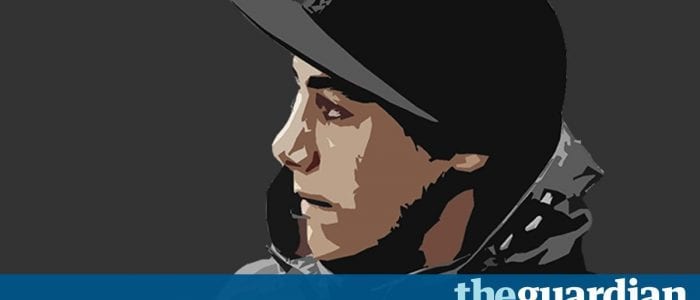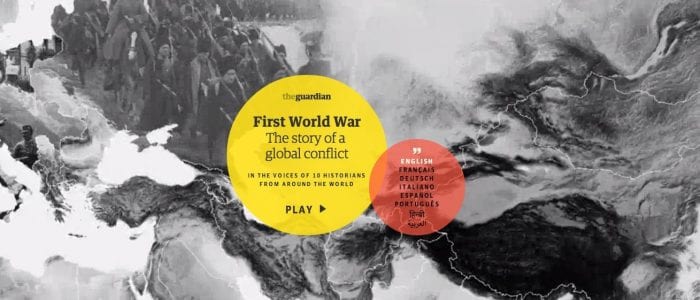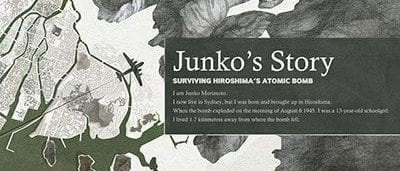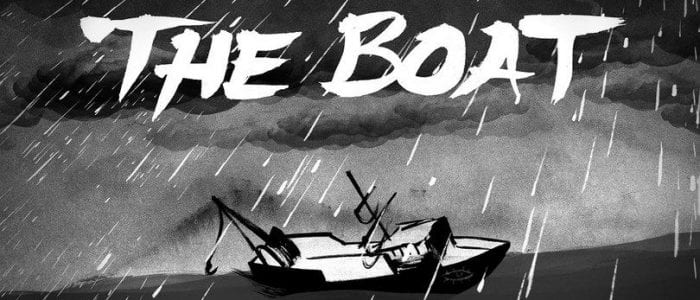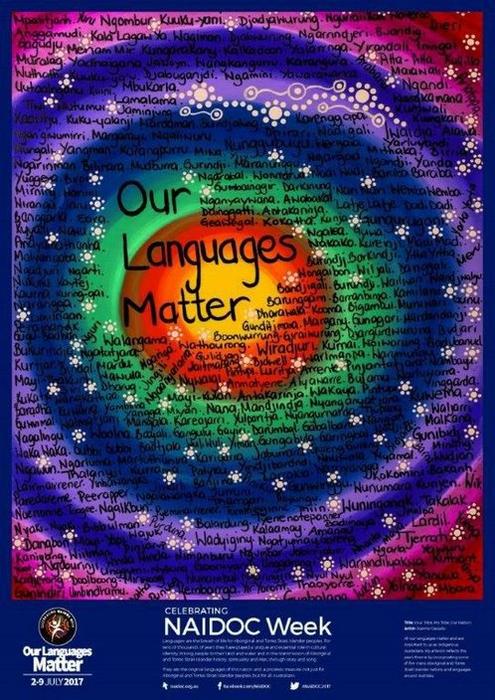Digital Storytelling Topic Proposal
- Proposal topic: The Aboriginal Freedom Rides
- Digital tools: Adobe Premier Pro and After Effects to create a video, then WireWax to transform the video into an interactive video.
- Rationale:
The interactive digital story will track the journey of the 1965 Freedom Rides in Australia. The Freedom Rides were led by Charles Perkins and the Student Action for Aborigines activist group from the University of Sydney (AIATSIS, 2014). This story will present and explore the major participants, their motivation, effects and the legacy.
This digital artefact will act as a model for Year 10 History students who are completing the Australian Curriculum unit Rights and Freedoms. The accompanying assessment task for this unit requires students to explore a significant individual or event related to the Aboriginal civil rights movement. Students are then required to create an interactive story in groups of three and share their creations via the class Yammer group via Microsoft Office 365. Students can create their story using any movie editing software they are comfortable with; for example, Windows Movie Maker, Apple’s iMovie or the Adobe suite. Students will then upload their video to WireWax and create interactive overlays to explore their topic in more detail.
This project aligns with the Australian Curriculum General Capabilities, which require students to engage with digital texts and develop their ICT capabilities (Queensland Curriculum & Assessment Authority, 2015). History provides students with unique opportunities to experience primary and secondary sources in printed and digital environments. By enhancing digital formats with interactivity, the historical inquiry experience can be heightened. This task will also meet the needs of the Information and Communication Technology Capability learning continuum. Specifically, the task will meet the following two sub-elements of Level 6; “select and use a range of ICT independently and collaboratively, analyse information to frame questions and plan search strategies or data generation” and “select and use a range of ICT tools efficiently and safely to share and exchange information, and to collaboratively and purposefully construct knowledge” (Australian Curriculum, Assessment and Reporting Authority, n.d.).
The interactive story will include the following elements:
- Written story
- Audio features
- Video footage
- Images
- Links to external sources of information and primary sources
- Map
- Embedded interactive quiz from Wizer
- Branching features may also be included.
References
AIATSIS. (2014). Commemorating the Freedom Ride. Retrieved from https://aiatsis.gov.au/exhibitions/1965-freedom-ride
Australian Curriculum, Assessment and Reporting Authority. (n.d.). Information and Communication Technology Capability learning continuum. Retrieved from https://www.australiancurriculum.edu.au/media/1074/general-capabilities-information-and-communication-ict-capability-learning-continuum.pdf
Queensland Curriculum & Assessment Authority. (2015). Year 10 History Australian Curriculum in Queensland. Retrieved from https://www.qcaa.qld.edu.au/downloads/p_10/ac_history_yr10.pdf

